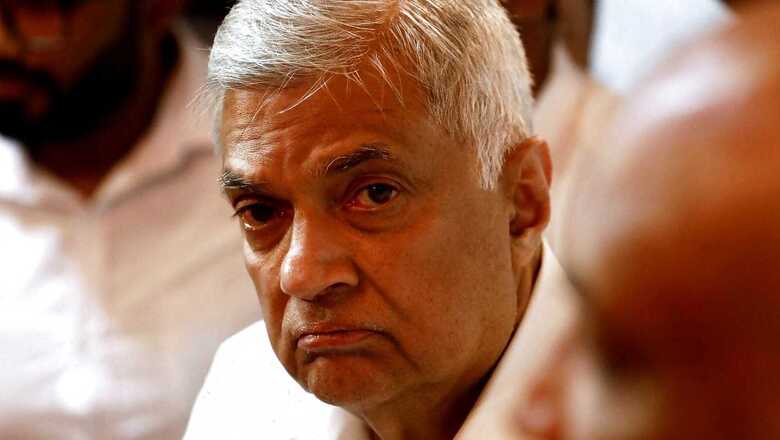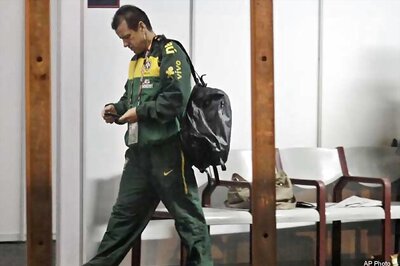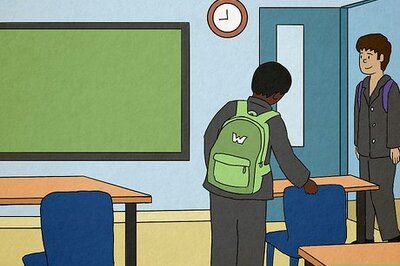
views
Crisis-hit Sri Lanka, which has run out of dollars to buy fuel and has been printing rupees to pay local salaries, aims to discontinue injecting money as the inflation rate in the country is estimated to reach 60 per cent, according to a Bloomberg report. It is the highest inflation in Asia, it said.
Talks for a bailout from the International Monetary Fund (IMF) are complicated because the nation is bankrupt, the Bloomberg report said quoting Prime Minister Ranil Wickremesinghe saying this in the parliament on Tuesday. Sri Lanka’s monetary policy review is due on Thursday. Wickremesinghe now sees Sri Lanka reaching a staff-level agreement with the IMF in August, delayed from the June deadline provided earlier.
In Sri Lanka, consumer prices jumped 54.6 per cent year-on-year in June, with transport surging 128 per cent from the previous month and food 80 per cent amid acute shortages of crops and crude oil.
The country printed about 588 billion rupees in the first quarter of 2022, taking the total money printed since January 2020 to target an output gap to 2.3 trillion rupees, according to official data. Its intermediate regime central bank has triggered the worst currency crisis in its 70-year-old history.
In 2020, 505 billion rupees was printed though the year ended with 206 billion rupees in injected liquidity remaining as excess reserves which were counted as printed money the following year. From January 2020 to March 2022, reserve money has grown 49 per cent, broad money 52 per cent and the food price index 51 per cent.
About Sri Lankan Economic Crisis
The economic crisis in Sri Lanka is not sudden but it had been simmering for quite some time and rating agencies have also warned about it in the past. The current economic crisis is a result of economic mismanagement by successive governments and has been accelerated by the deep tax cuts promised during the 2019 polls by Sri Lankan President Gotabaya Rajapaksa. Currently, Sri Lanka is unable to pay for essential imports, including oil, that led to power cuts lasting up to 13 hours.
Sri Lanka’s forex reserves stood at just $1.92 billion at the end of May, including a swap facility from the People’s Bank of China equivalent to about $1.5 billion, which remains largely unusable due to conditions.
The Asian Development Bank in 2019 had called Sri Lanka a “twin deficit economy”. “Twin deficits signal that a country’s national expenditure exceeds its national income, and that its production of tradable goods and services is inadequate,” it had said.
In December 2021, rating agency Fitch downgraded Sri Lanka’s sovereign rating to ‘CC’ from ‘CCC’. It said there was an increased probability of a default in coming months in light of the country’s worsening external liquidity position underscored by a drop in foreign exchange reserves.
Read all the Latest News, Breaking News, watch Top Videos and Live TV here.



















Comments
0 comment